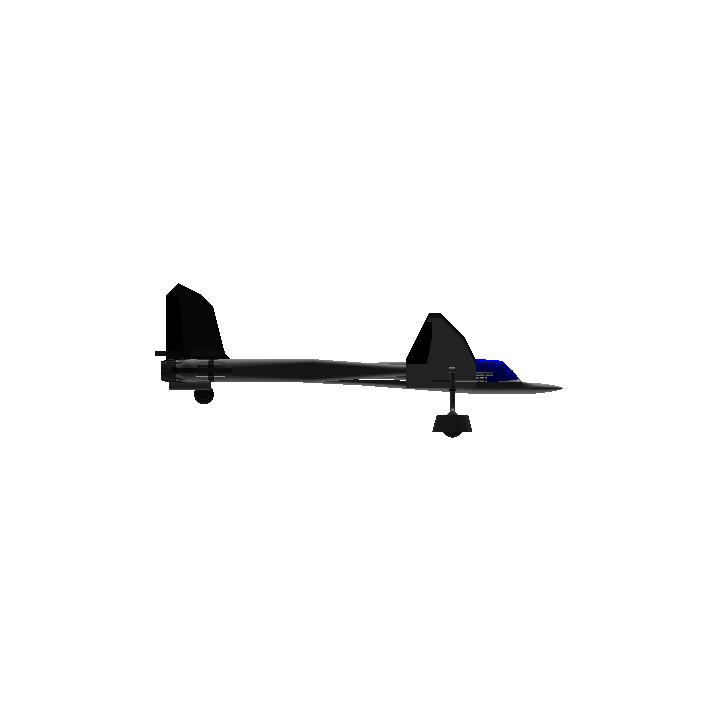After Germany unleashed the Me 262 jet fighter, it became clear that jets could outperform props when used on fighter aircraft. This led to the simple brief that resulted in the Cavenhar: Create a jet fighter that could beat the Me 262.
The design process proved challenging, and relatively few examples of this jet made it into operational service before the end of the war. Those that did proved highly effective fighters, but were considered dangerous to fly. Pilots that were used to slower and less manoeuvrable propeller fighters would unleash the full performance, pull a sharp turn - and black out from the g-forces.
After the war, improved techniques for dealing with g-forces were developed (compression suits, breathing techniques etc.), and the Cavenhar became one of the favourite planes of fighter pilots, both in its native UK and in allied countries that purchased them. Fast to take off, extremely agile in the air and with a decent range, the Cavenhar remained in active combat-ready service until the 1960s, when missiles spelled the end for gun-armed planes. Many examples are still flying, with several countries using them in their aerobatic display teams.
Specifications
General Characteristics
- Predecessor Fictional WW2 jet challenge
- Created On Android
- Wingspan 50.6ft (15.4m)
- Length 28.6ft (8.7m)
- Height 10.5ft (3.2m)
- Empty Weight 4,214lbs (1,911kg)
- Loaded Weight 5,335lbs (2,420kg)
Performance
- Power/Weight Ratio 1.263
- Wing Loading 14.4lbs/ft2 (70.4kg/m2)
- Wing Area 369.9ft2 (34.4m2)
- Drag Points 1073
Parts
- Number of Parts 50
- Control Surfaces 14
- Performance Cost 271







You are in